Wormwood
$4.95
Artemisia Absinthium
- Seed Count 10,000
- Insect Repellent
- Perennial
In stock
Description
A member of the daisy family, Wormwood is an attractive herb with silver leaves which are stunning in the moonlight.
Its leaves and flowers are used in the production of Absinthe together with green anise, sweet fennel, and other medicinal and culinary herbs
It possesses an extremely bitter taste, but is an excellent repellent of mice, flies, moths, ants and insects.
In years gone by, it was used to expel worms from the human body.
- Useful if you have chickens see Wormwood: The Secret Superhero for Your Chickens!
| Method: Sow seedlings | Soil Temp: 18°C - 22°C |
| Cool Mountain: Nov - Dec | Position: Part Shade |
| Arid : Aug - Jan | Row Spacing: 60 cm |
| Temperate : Sep/Nov - Mar/May | Planting Depth: 1 mm |
| Sub Tropical: May - Oct | Harvest: 365 Days |
| Tropical: Jun - Aug | Plant Height: 1 m |
Basics
- Capsicum (sweet/bell Capsicum) thrives in warm, sunny gardens.
- Plant them in a spot with full sun (6+ hours) and rich, well-drained soil.
- Prepare the bed by removing weeds and digging in plenty of compost or aged manure.
- Use mulch around plants to retain moisture and suppress weeds.
Seed Trays vs Direct Sowing
Seedling Trays:
- Raise seeds in pots or trays filled with seedling mix, keeping them warm (16-35°C) and moist.
- This protected start speeds germination and gives plants a head start on weeds and weather.
- You’ll use fewer seeds and get sturdy seedlings for an earlier crop.
- The downside is extra effort and cost (pots, mix, heat source) and you must harden-off seedlings before planting out.
Direct Sowing:
- Plant seeds 3mm deep in the garden soil 50cm between plants, 60–100cm once it’s warm and frost-free.
- Direct sowing is simpler and cheaper (no trays or special mix), but germination is slower and more vulnerable to cold, pests or heavy rain.
- Capsicum seeds can take 1–3 weeks to sprout at 16–35°C.
- Ensure the soil stays evenly moist (not waterlogged) during this time.
In short: use trays if you want the best germination and an early start; sow direct if you prefer simplicity and have already warm conditions.
Planting and General Care
Timing & Spacing:
- Plant or transplant capsicum after all danger of frost has passed.
- In tropical/subtropical areas, Capsicums can even fruit year-round, but in cooler zones treat them as an annual summer crop.
Soil:
- Use well-drained, fertile soil rich in organic matter.
- Work in compost or aged manure before planting.
- Capsicums prefer a slightly acidic to neutral pH (~6.0–7.0).
- In pots, use at least ~40L per plant.
Watering:
- Water deeply and regularly, so the soil stays evenly moist.
- Check soil moisture by pushing a finger 4–5cm down; water when that layer is just dry.
- Water in the early morning or late afternoon to minimize stress.
- Avoid wetting the leaves, which can encourage fungal disease.
- Mulch around plants to keep roots cool and reduce evaporation.
Fertilising:
- If the soil was well-prepared, you may need little extra feed.
- Otherwise, apply a balanced (e.g. 10-10-10 NPK) slow-release fertilizer at planting.
- Once flowers and fruit start, give a liquid tomato or vegetable fertilizer every few weeks according to label directions.
- This supports heavy fruiting. Avoid excessive nitrogen late in the season, as it can reduce fruit set.
Staking & Pruning:
- Capsicum plants can get top-heavy with fruit. Stake or cage them when planting.
- A simple sturdy stake beside each plant works – gently tie the main stem (e.g. with soft string) as it grows.
- This prevents wind damage and keeps fruit off the ground.
- Remove any low or damaged leaves to improve air flow.
- Many gardeners also pinch out a few early flower buds when plants are young – this encourages stronger vegetative growth and heavier later yields.
- Overall, little pruning is needed beyond this.
Pest & Disease Management:
- Monitor plants for pests like aphids, caterpillars, slugs/snails, and chilli thrip.
- Hand-pick pests or use organic sprays if needed.
- Practice good hygiene: remove weeds and crop debris.
- Rotate capsicum/solanaceous crops to a different spot each year to reduce disease pressure.
- Common diseases include blossom-end rot (from inconsistent watering or low calcium) and fungal spots.
- Regular watering and mulch help prevent blossom-end rot.
- Crop rotation and not overcrowding plants also reduce problems.
Chilli Thrips: What They Are & How to Deal With Them
- Chilli thrips (Scirtothrips dorsalis) are tiny, slender insects that can cause big problems in home veggie patches—especially for capsicum, chilli, eggplant, and tomato plants.
- You might not see them easily (they’re less than 2mm long!), but the damage is easy to spot as leaves curl or look bronzed and scarred, buds drop off, and fruit can become deformed or scarred.
- These pests feed by piercing plant tissue and sucking out the juices, which leads to silvery or brown patches on leaves and distorted growth.
- They tend to hang out on the newest growth, flower buds, or the undersides of leaves—so grab a magnifying glass and check these spots first if your plants are looking stressed.
What You Can Do:
Prevention is key:
- Start clean – Avoid bringing in infested seedlings or cuttings.
- Attract beneficial bugs like lady beetles, lacewings, and predatory mites—they’ll help keep thrip numbers down.
- Plant flowers like alyssum, marigold, or dill nearby to draw in the good guys.
If they show up:
- Prune affected areas early to stop the spread.
- Hose them off gently with water to dislodge thrips from foliage.
- Apply insecticidal soap or horticultural oil, covering all leaf surfaces, especially underneath. Repeat weekly as needed.
- Rotate your crops each year to disrupt their lifecycle.
Tip: Thrips love hot, dry conditions—so keep your plants well-watered and mulched to reduce stress and deter infestations.
Companion Planting with Capsicum
Good companions:
- Herbs & Flowers: Basil, dill, parsley, coriander, chamomile and other aromatic herbs as they attract beneficial insects and may repel aphids or whiteflies. Garlic, onions, chives as their strong scent deters many pests. Marigolds, nasturtiums, borage, lavender as these flowers lure pollinators and trap pests (marigolds are famous for nematode control).
- Vegetables: Carrots, lettuce, spinach as they occupy shallow roots and don’t compete much with Capsicums. These can provide light ground cover under Capsicum plants. Tomatoes are sometimes planted alongside Capsicums (both like similar conditions) but be aware they share some pests/diseases so give them space and rotate beds regularly.
- Fruits: Strawberries and cucumbers have been noted as decent neighbours (shallow roots and shade from cucumber leaves can protect Capsicums).
Bad Companions
- Other heavy feeders or close relatives.
- Do not grow next to eggplants, potatoes or tomatoes in succession, as they share pests/diseases.
- Stay away from beans/peas and plants like fennel or dill, which can inhibit Capsicum growth.
- Squash and pumpkins (deep-rooted cucurbits) can out-compete Capsicums for nutrients.
- In short, pair Capsicums with light-feeders and pest-deterring plants, and keep them apart from other nightshades and big gourds.
Seed Saving
Saving your own Capsicum seeds is easy if you follow a few simple steps:
Select plants:
- Pick the healthiest plants with strong, typical fruit.
- If growing multiple types, isolate them (e.g. bag flowers or keep 20m+ apart) to prevent cross-pollination.
Harvest ripe fruits:
- Wait until Capsicums are fully ripe on the plant which is usually when they’ve changed to their final colour and just start to soften or wrinkle.
- Allowing fruits to over ripen a little ensures the seeds are mature.
Extract seeds:
- Cut the Capsicum in half and scoop or twist out the central core.
- Scrape out the seeds and remove as much of the inner flesh and pith as possible.
- Rinse the seeds in clean water to wash off any remaining pulp which helps them dry cleanly.
Dry seeds:
- Spread the seeds in a single layer on paper towels or a clean plate in a dry, shaded place.
- Let them dry completely over several days.
- They’re ready when you can crunch a seed in your fingers and it snaps rather than bends.
- Moisture is the enemy of seed storage, so make sure they feel fully dry.
Store seeds:
- Transfer the dried seeds to a paper envelope or small jar with a tight lid.
- Label with variety and date.
- Store in a cool, dark, dry spot (a refrigerator works well).
- Properly stored Capsicum seeds remain viable for about 3–4 years, so you’ll have plants for many seasons.
Growing Conditions
Climate:
- Temperate Zones: Wormwood thrives best in temperate climates. While it prefers cooler conditions, certain varieties may adapt to warmer areas with proper care.
- Frost Tolerance: The plant can tolerate light frosts, making it suitable for many regions in Australia, particularly southern areas.
Sunlight:
- Full Sun: Aim for a location that receives at least 6 hours of direct sunlight per day.
- While it can tolerate partial shade, more sunlight generally results in healthier, more aromatic plants.
Soil Requirements:
- Well-Drained Soil: Wormwood prefers sandy or loamy soils that drain well. Avoid heavy clay soils which retain moisture and can lead to root rot.
- Soil pH: Opt for slightly alkaline to neutral soil (pH 6.5 to 7.5).
- You can enhance soil alkalinity by adding lime if your soil is more acidic.
Planting Wormwood
Propagation:
- From Seeds: Start seeds indoors 6-8 weeks before the last frost date or directly sow in the garden after frost.
- Lightly cover the seeds to 1 mm as they require light for germination.
- From Cuttings: Take softwood cuttings in early summer. Plant in a pot with well-draining soil and keep the cuttings moist until rooted.
- From Divisions: Divide established plants in spring or fall to propagate new plants. Ensure each division has enough roots and shoots.
Spacing:
- Space plants approximately 60 cm apart to facilitate good airflow and prevent overcrowding, which can lead to fungal problems.
Care and Maintenance
Watering:
- Initial Watering: Water regularly until the plant is well established, especially in the first month after planting.
- Drought Tolerance: Wormwood is drought-tolerant once established.
- Allow the soil to dry out between waterings to avoid overwatering.
Fertilisation:
- Fertilisation is generally not necessary, particularly if planted in nutrient-poor soil.
- If desired, a light application of balanced fertilizer in early spring can promote growth.
Pruning:
- Prune back at least one-third of the plant in early spring to encourage bushier growth and remove any dead or damaged stems.
- Deadhead flowers to prevent self-seeding and control plant spread.
Pest and Disease Management
Pest Resistance:
- Wormwood is relatively pest-resistant due to its aromatic nature, but watch for aphids and spider mites, especially in stressed plants.
Disease Prevention:
- Ensure plants have good airflow by proper spacing and avoid overwatering to reduce the risk of fungal diseases.
Harvesting and Uses
Harvesting:
- Harvest the leaves starting in late spring when the plant is fully established. The best time to harvest is early morning when the essential oils are most concentrated.
- Cut sprigs with sterilized shears, leaving some foliage so the plant can continue to grow.
Uses:
- Culinary: While traditionally used in absinthe, wormwood can also flavor various dishes. Use it sparingly in cooking due to its bitterness.
- Herbal Medicine: Traditionally used for digestive issues, wormwood should be used with caution. Consult a healthcare professional before using it medicinally, as high doses can be toxic.
- Pest Deterrent: The strong scent repels some garden pests, making it a beneficial companion plant.
- Useful if you have chickens see Wormwood: The Secret Superhero for Your Chickens!
Benefits of Wormwood in Companion Planting
Pest Repellent:
- Wormwood’s strong scent can deter various pests, including caterpillars, aphids, and beetles, making it a beneficial companion for vulnerable plants.
Aroma and Essential Oils:
- The essential oils in wormwood can help mask the scent of neighbouring plants, potentially confusing pests.
Attraction of Beneficial Insects:
- While wormwood may repel some pests, it can also attract beneficial insects like predatory wasps and ladybugs, which help control pest populations.
Suitable Companion Plants for Wormwood
Herbs:
- Mint: Benefits from wormwood’s pest-repelling qualities.
- Sage: Thrives alongside wormwood, as both have aromatic properties that deter pests.
- Oregano and Thyme: These herbs can coexist well with wormwood, sharing similar growing conditions.
Vegetables:
- Cabbage Family (Brassicas): Wormwood can help repel pests that typically harm cabbage, broccoli, and kale, such as cabbage worms.
- Carrots: The scent of wormwood can help keep pest populations down, benefiting carrot growth.
Flowers:
- Marigolds: Known for repelling nematodes and other pests, marigolds can benefit from wormwood’s aromatic nature.
- Nasturtiums: These flowers can attract aphids away from other plants, with the added benefit of being edible.
General Tips for Companion Planting with Wormwood
Spacing:
- Ensure that companion plants are spaced adequately to allow for good airflow and to minimize competition for sunlight, water, and nutrients.
Observation:
- Monitor the interactions between wormwood and its companions. If you notice poor growth or an increase in pest problems, consider adjusting plant arrangements.
Rotation:
- Rotate companion plants periodically in different garden beds to maintain soil health and minimize pest buildup in one area.
Companion planting with wormwood can create a harmonious garden ecosystem by promoting pest control and fostering healthy plant relationships. Careful selection of companion plants will maximize the benefits of wormwood, creating a thriving and productive garden environment. Always consider individual plant needs and maintain good cultivation practices for the best results.
Postage Charge
Orders under $30 attract a $4.95 shipping charge. Orders $30 and above have free shipping.
Order Times
Seed orders are normally dispatched within three business days. You will receive an email when seeds are mailed out.
Postage Days
Seeds are mailed out Monday to Friday at 1pm. Except for the Friday of long weekends.
Postage Times
WA 2-3 Days: SA,NT 3-5 Days: NSW, ACT, QLD, VIC: 5-7 Days
Carrier
We use Australia Post Letter Postage for the majority of orders
Not only are our seeds packed in recycled paper envelopes, we keep the theme going when we post out website orders. To protect your seeds from moisture and the letter box munchers (snails), we use a very special plastic free material made from plants. They are then put into recycled mailing envelopes. Green all the way 💚🌿

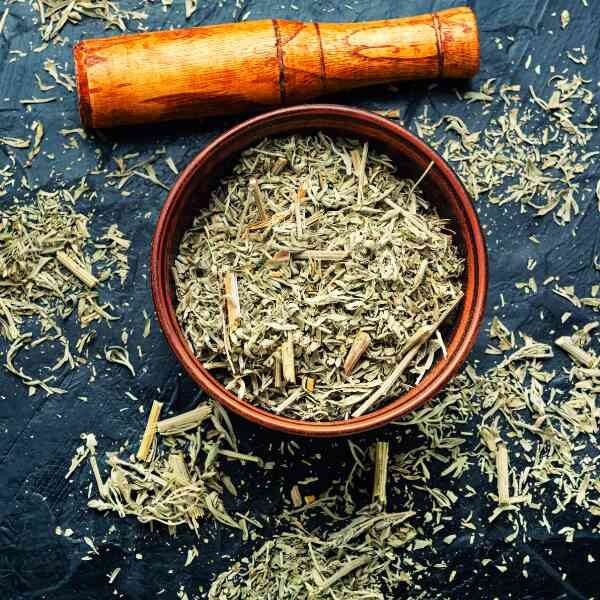




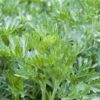

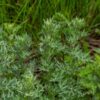
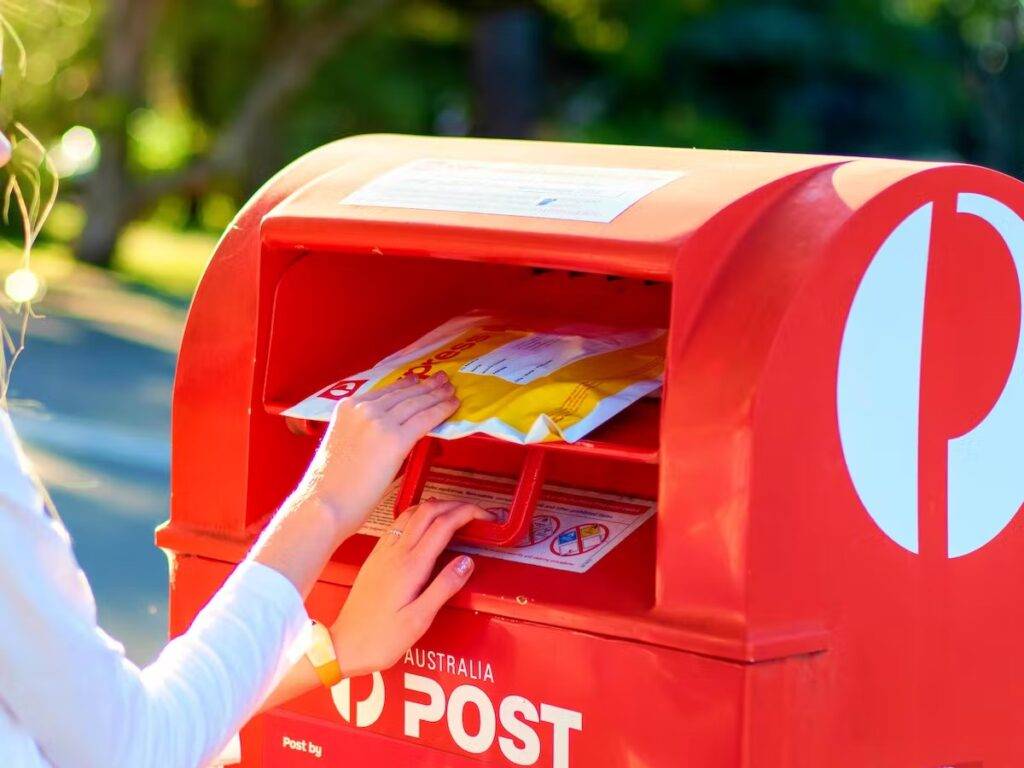

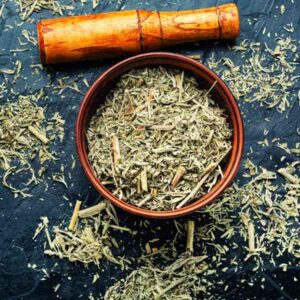
2 reviews for Wormwood